Ireland Portrayed
In this four-part RTÉ lyric fm radio series, art critic Cristín Leach explores how ideas of Ireland and Irish identity have been visually represented over three hundred year.
Ireland Portrayed features interviews with Mary McCarthy, Director, and Dr Michael Waldron, Assistant Curator of Collections. The series includes several artworks from the collection and here is a helpful visual guide to them to aid your listening. The full series is available here.
Episode 1 – a nation’s story in art
John Butts, View of Cork from Audley Place, c.1750
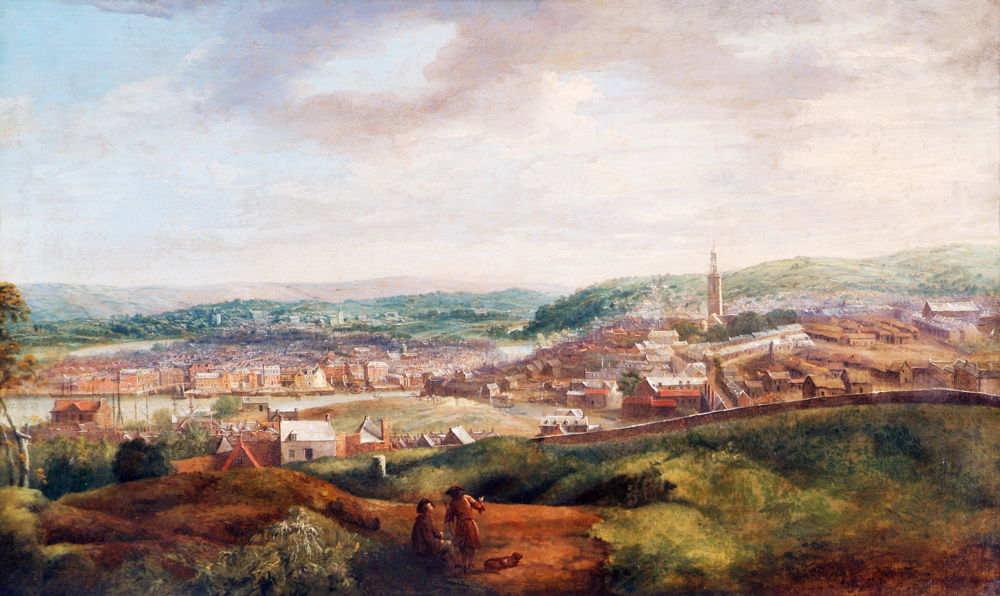
John Butts, View of Cork from Audley Place, c.1750, oil on canvas, 72.5 x 120 cm. Presented, 2005.
Jonathan Fisher, Map of the Lakes of Killarney, 1789
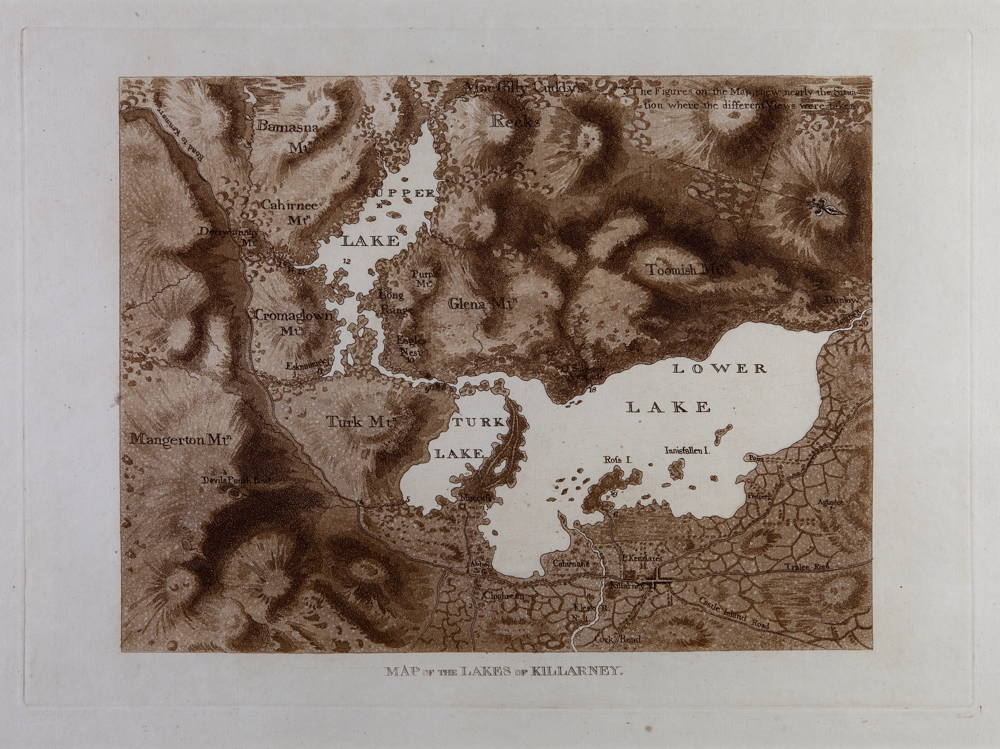
Jonathan Fisher, Map of the Lakes of Killarney, 1789, aquatint on paper, 26 x 36 cm.
Jonathan Fisher, I (1st) view of Killarney. The lower lake, from the River Flesk, 1789
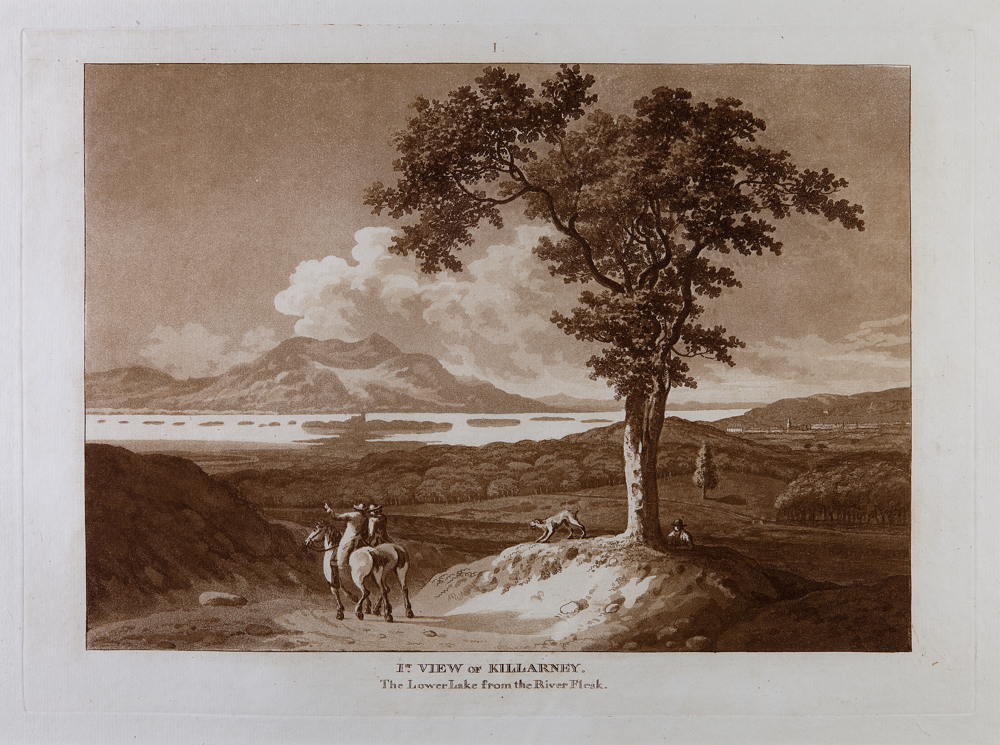
Jonathan Fisher, I (1st) view of Killarney. The lower lake, from the River Flesk, 1789, aquatint on paper, 26 x 36 cm.
Jonathan Fisher, XII (12th) view of Killarney. upper Lake, 1789

Jonathan Fisher, XII (12th) view of Killarney. upper Lake, 1789, aquatint on paper, 26 x 36 cm.
Nathaniel Grogan, Whipping the Herring out of Town - A Scene of Cork, c.1800
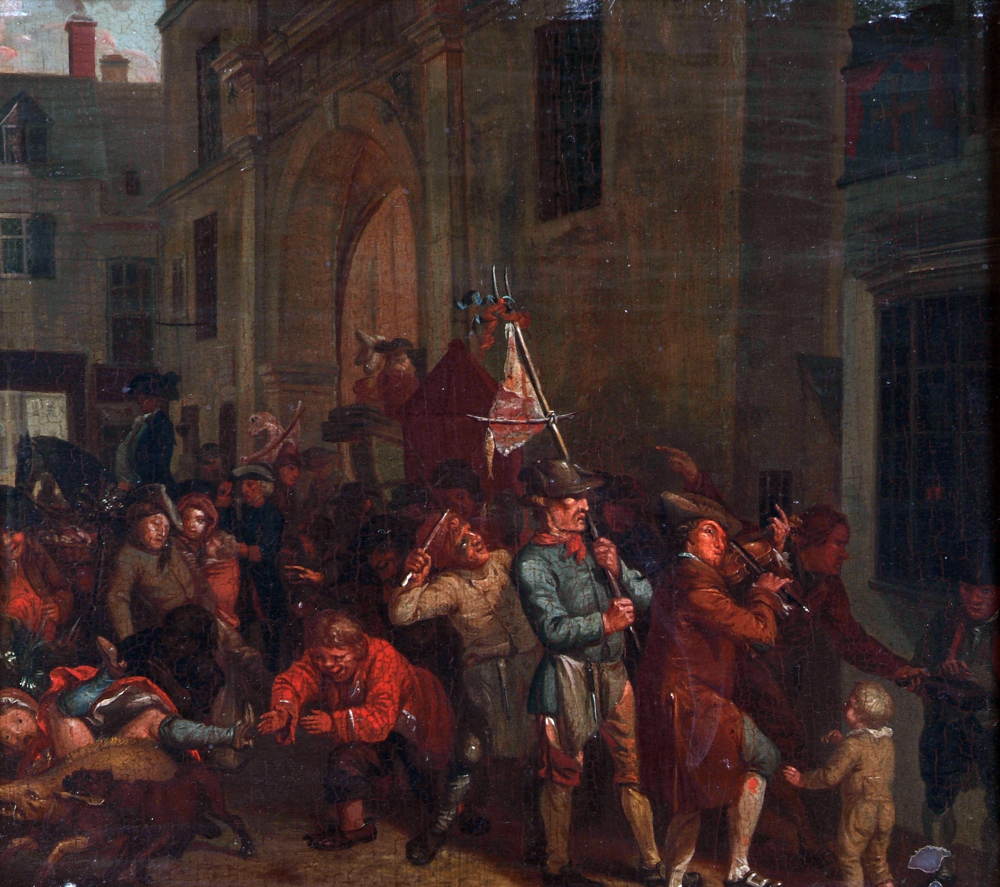
Nathaniel Grogan, Whipping the Herring out of Town - A Scene of Cork, c.1800, oil on panel, 25.5 x 29 cm. Purchased, 1992.
Episode 2 – Politics & Poverty
Daniel Macdonald, The Village Funeral
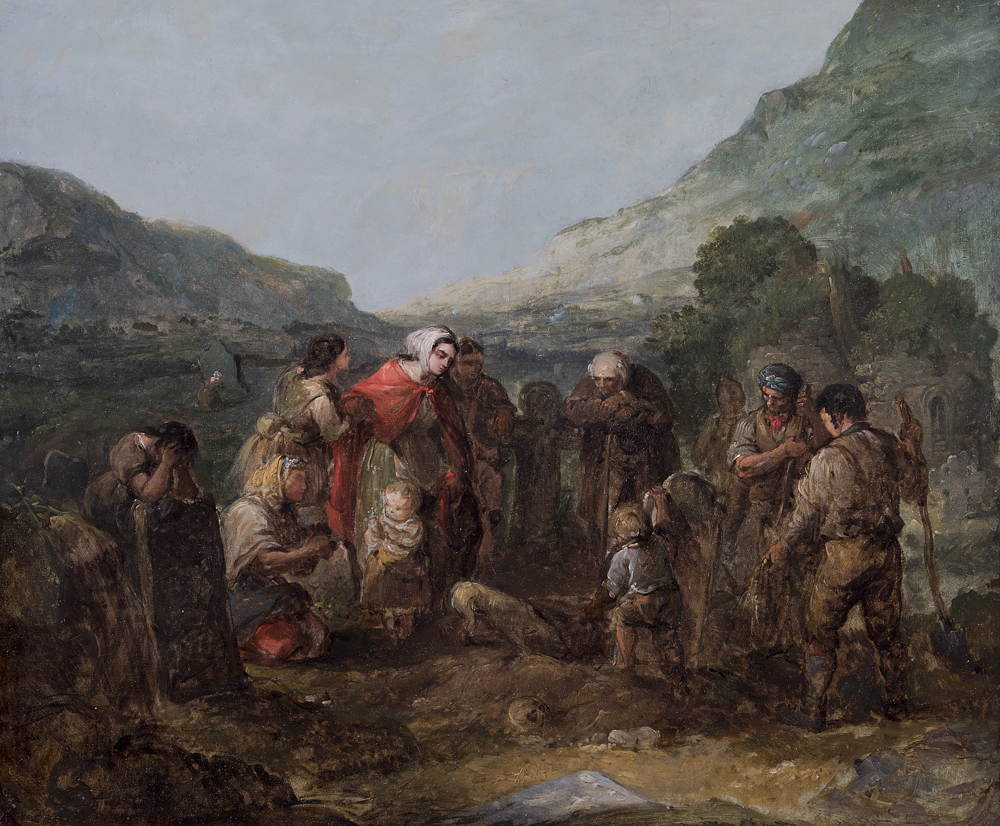
Daniel Macdonald, The Village Funeral - An Irish Family by a Graveside during the Great Famine*, n.d., oil on canvas, 47.5 x 56 cm. Purchased, 2018.
New research by art historian Niamh O’Sullivan has resulted in the re-attribution of this painting to Macdonald’s contemporary, John Joseph Tracey (1813-1873), under the correct title, The Irish Peasant’s Grave (1843).
Episode 3 – Nation States
Muriel Brandt, The Breadline, 1916, c.1950
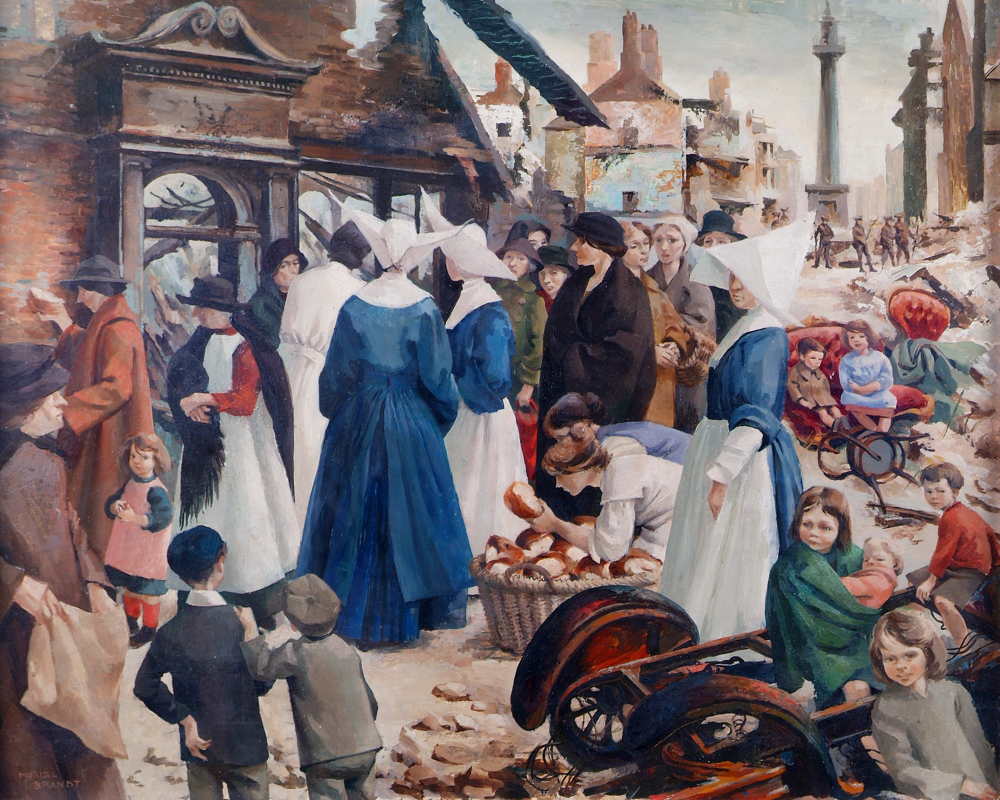
Muriel Brandt, The Breadline, 1916, c.1950, oil on board, 61 x 38 cm. © the artist's estate.
Episode 4 – Conflicted States
Rita Duffy, Segregation, 1989

Rita Duffy, Segregation, 1989, oil on canvas, 91.4 x 121.8 cm. © the Artist.
F.E. McWilliam, Woman in a Bomb Blast, 1974

F.E. McWilliam, Woman in a Bomb Blast, 1974, bronze, 61 x 141 x 54 cm. © the artist’s estate.
Ireland Portrayed is an IWR Media production for RTÉ lyric fm. It originally aired 12 January – 2 February 2020 as The Lyric Feature.
Presented by Cristín Leach
Written and Produced by Mary Brophy
Edited by Neal Boyle
Producer for RTÉ Lyric fm Eoin O'Kelly
This series is funded by the Broadcasting Authority of Ireland with the Television Licence fee.